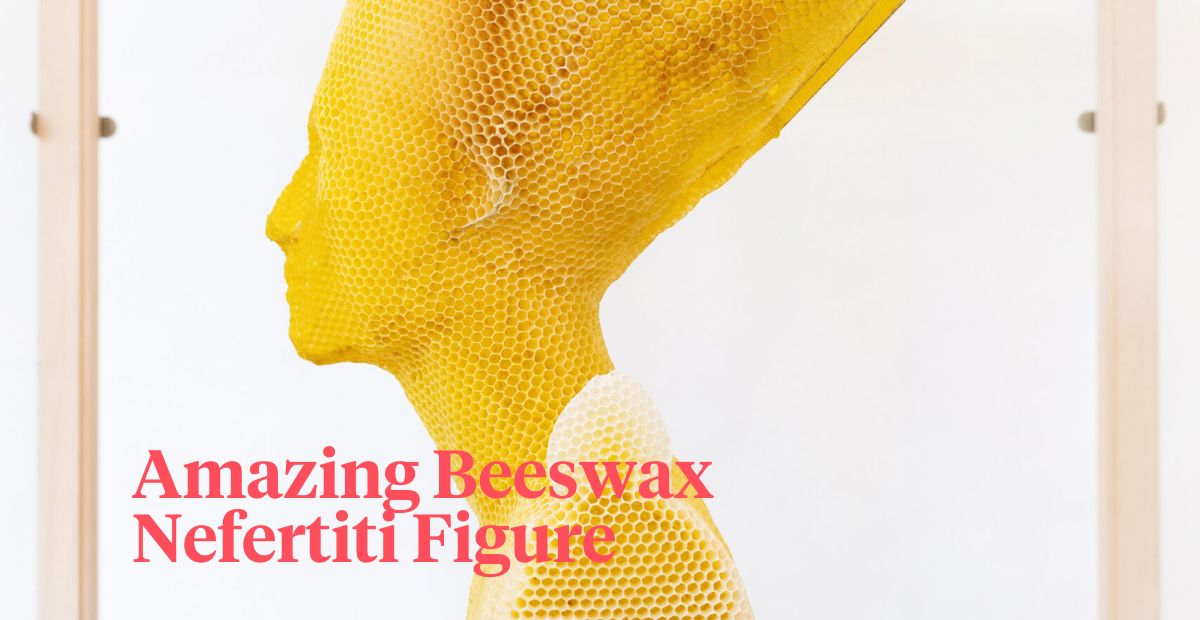Art and everything that embodies this expression of human creative skill and imagination never stops wondering us. As a matter of fact, everyday art is explored in different ways and there are thousands of art pieces that are leaving people in awe, like this Nefertiti bust and a few other classic wax sculptures made by bees and artist Tomáš Libertíny.
Artist Tomáš Libertíny and Bees Are the Ultimate “Team Work Makes the Dream Work”
When it comes to replicating famous busts and sculptures, Slovakian artist Tomáš Libertíny prefers to work in collaboration. During the process of creating these out-of-the-world sculptures, tens of thousands of bees are used by the artist to create the porous outer layers of iconic pieces of art.
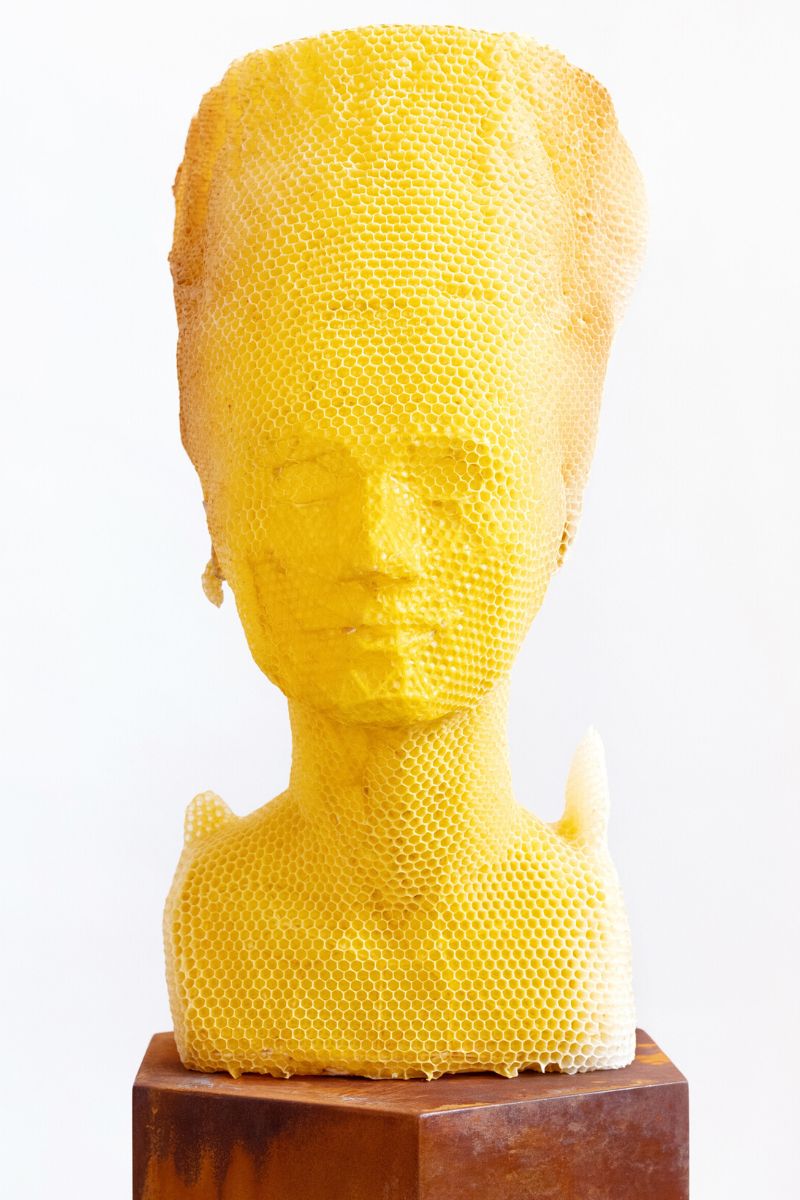
Some of his most famous pieces include the "Nefertiti Bust," Michelangelo's "Brutus," and a sizable jug modeled after the "Nolan Amphora" at The Met.
Art Delicately Encased in Pure Honeycomb
The resulting sculptures, which are soaked entirely in golden honeycomb, create a dialogue between recently generated organic material and themes from art history.
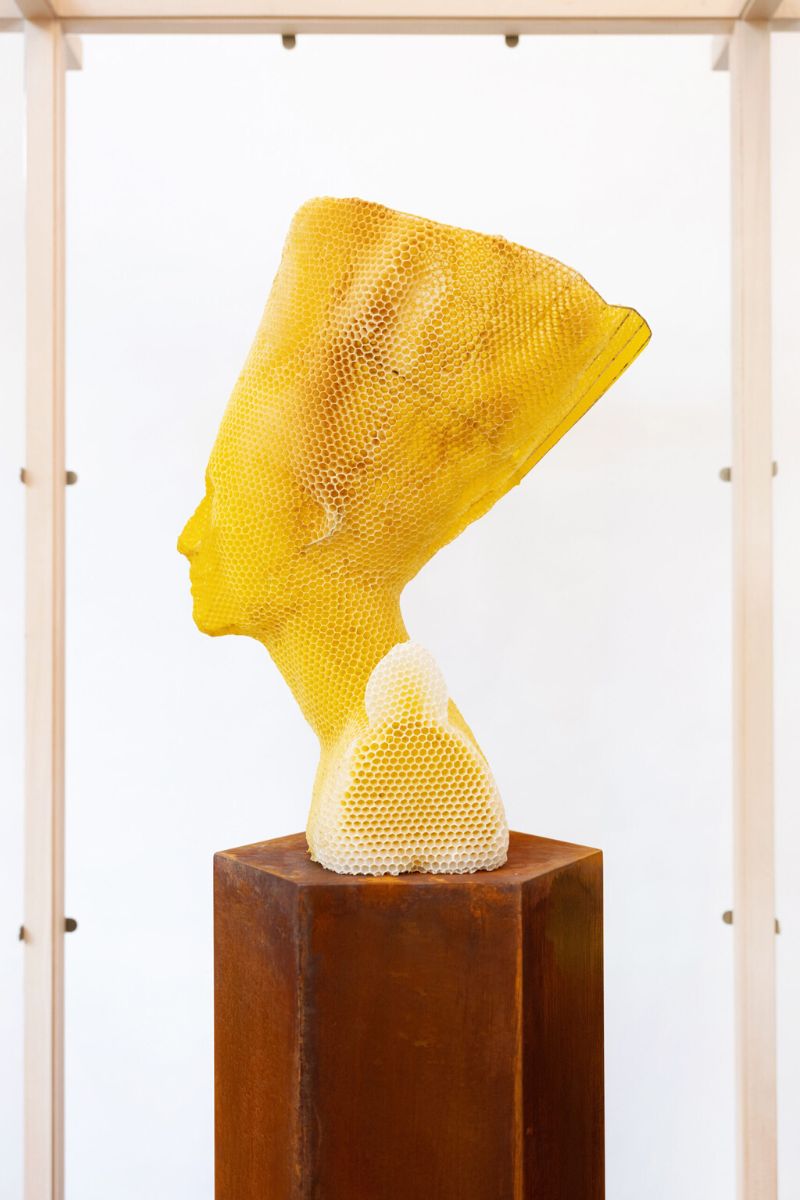
For instance, artist Tomáš Libertíny's "Eternity" is "a monument dedicated to the strength and timelessness of mother nature as well as its ancient character as a powerful female ruler against all odds. This artwork is based on a 3D replica of the original image of Nefertiti, the illustrious queen of ancient Egypt.
Now Here Comes the Best Part - The Process
Currently situated in Rotterdam, Netherlands, artist Tomáš Libertíny gives expert beekeepers a frame that the insects occupy over the period of months, or in the instance of "Eternity," over the course of two years. As with a bonsai, he explains:
"I have to manage the growth of the building, progressively stringing the workflow into locations where you feel appropriate."
The end result is never fully predictable, unlike conventional craft methods. Therefore, Tomáš Libertíny shares with his artistic fans that working with honeycombs and bees is always a surprise.
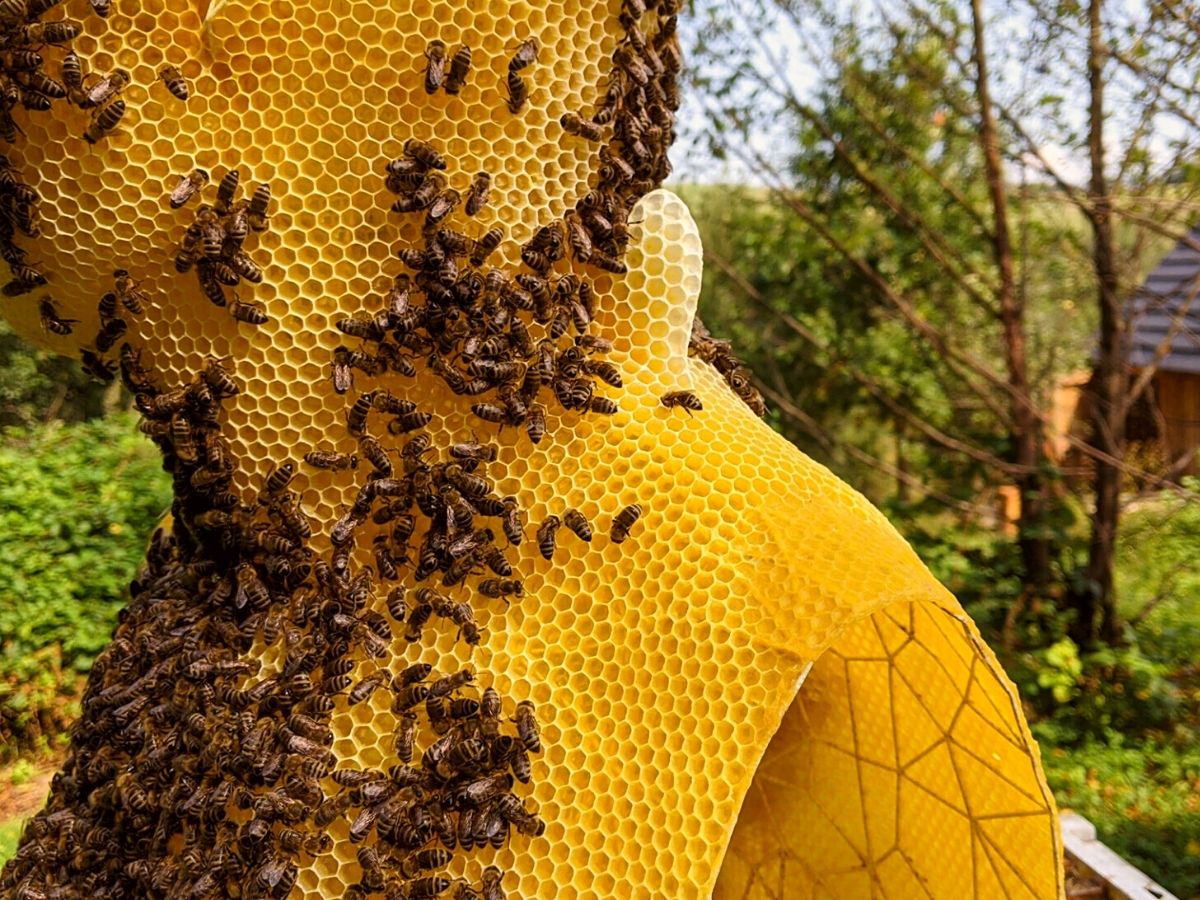
In a recent interview, he contributed very valuable information about the diligent and scrupulous process where sometimes he has to stare at the finished product for a few days before he can really appreciate it.
Beeswax Is the Main Material for Artist Tomáš Libertíny’s Sculptures
Because of its simultaneous ephemerality and durability—sculptures Libertíny's having the potential to last for thousands of years if properly maintained—beeswax is intrinsically paradoxical, the artist claims. This is a dichotomy he has been examining since he started the Made by Bees series in 2005.
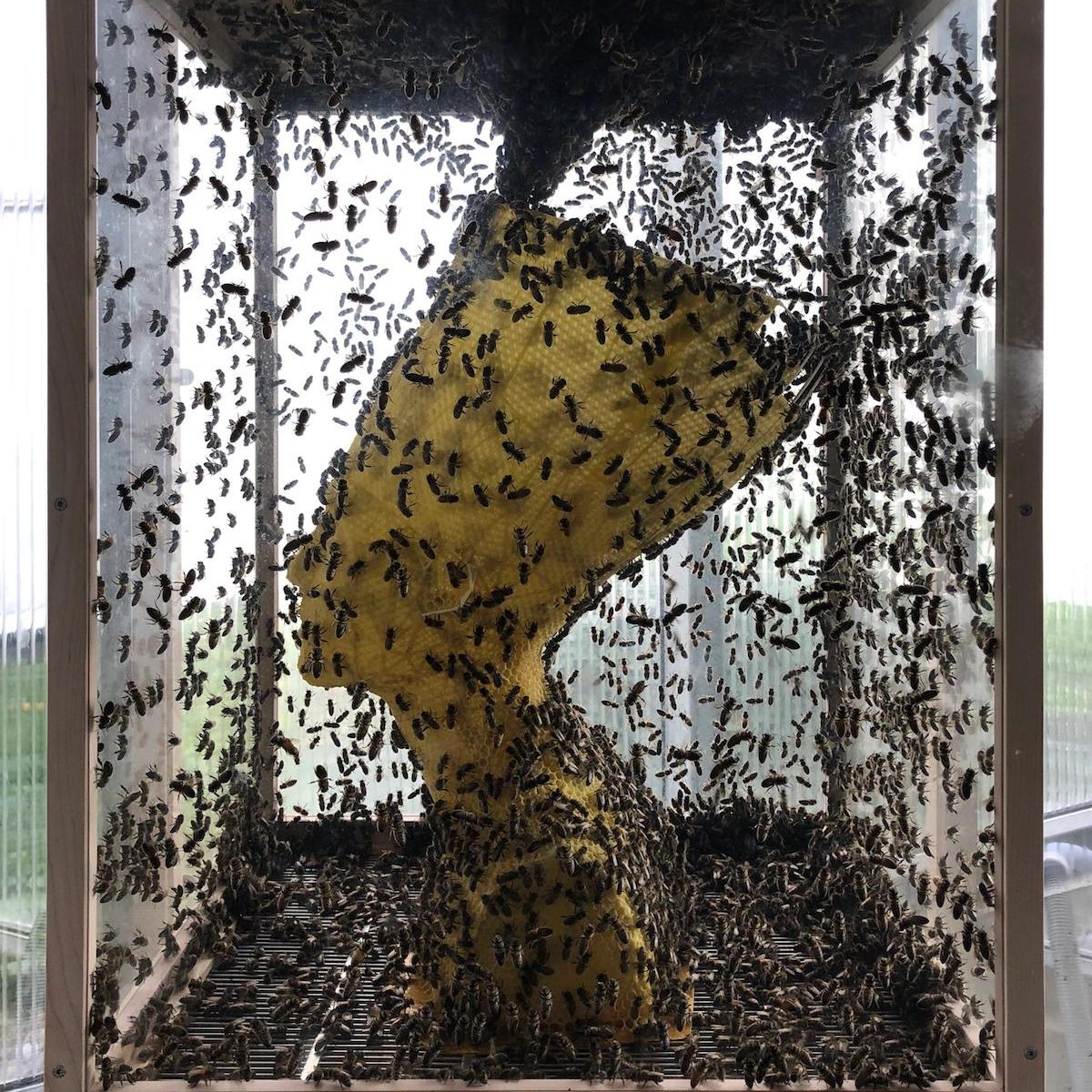
Tomáš Libertíny thinks the best illustration of pure design is a candle made of beeswax. There is nothing stylish about it at all, but he explains that the candle served as a trigger for the ongoing series and that everything is a science of keeping the flame alive.
More About the Artist
Libertíny interest in the wonder and wisdom of nature inspires his work by evoking emotions that are both eternal and universal. The psychological and physical interactions between man and nature are a constant source of inspiration.
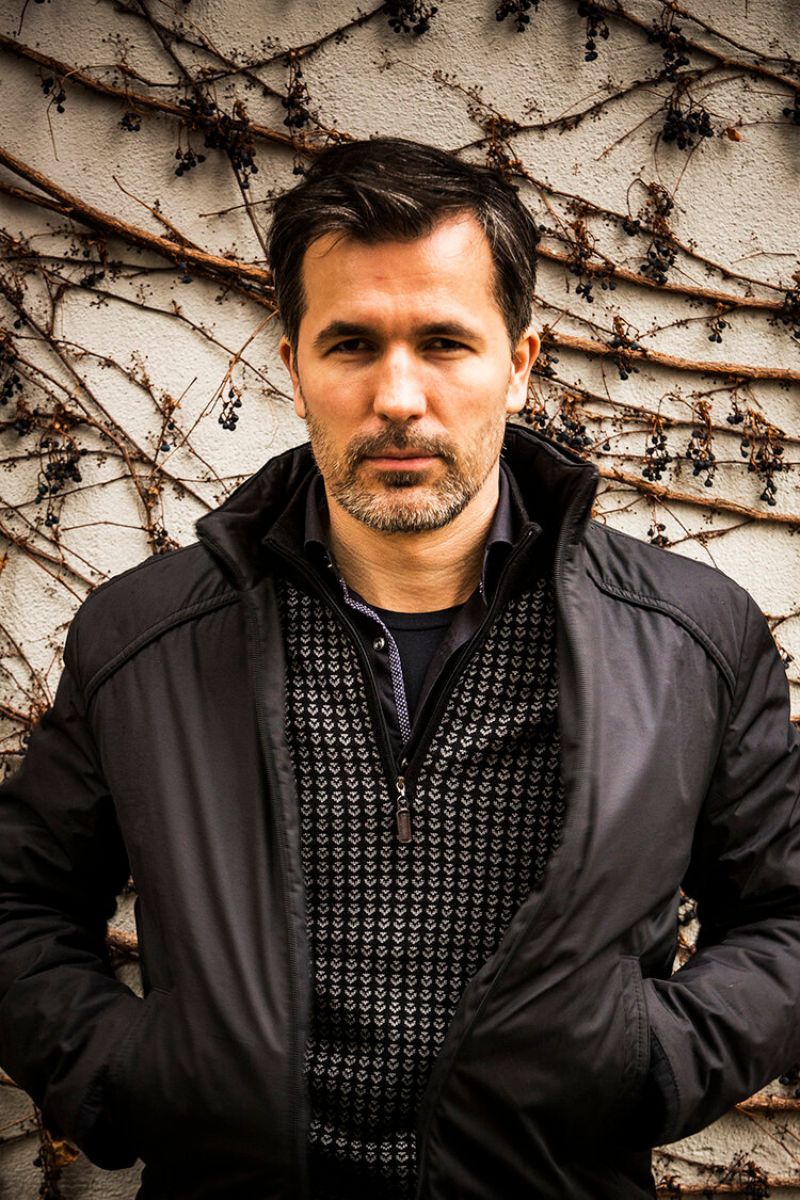
While using the most cutting-edge design techniques and technology available today to explore and realize his art, the artist Tomáš Libertíny only uses industrial accuracy as a "means to a goal" to create the ideal environment for controlled unpredictability. The formal foundation of his drawings, paintings, and sculptures is his awareness of the repeats and patterns that surround us as well as the captivating flaws in nature.

